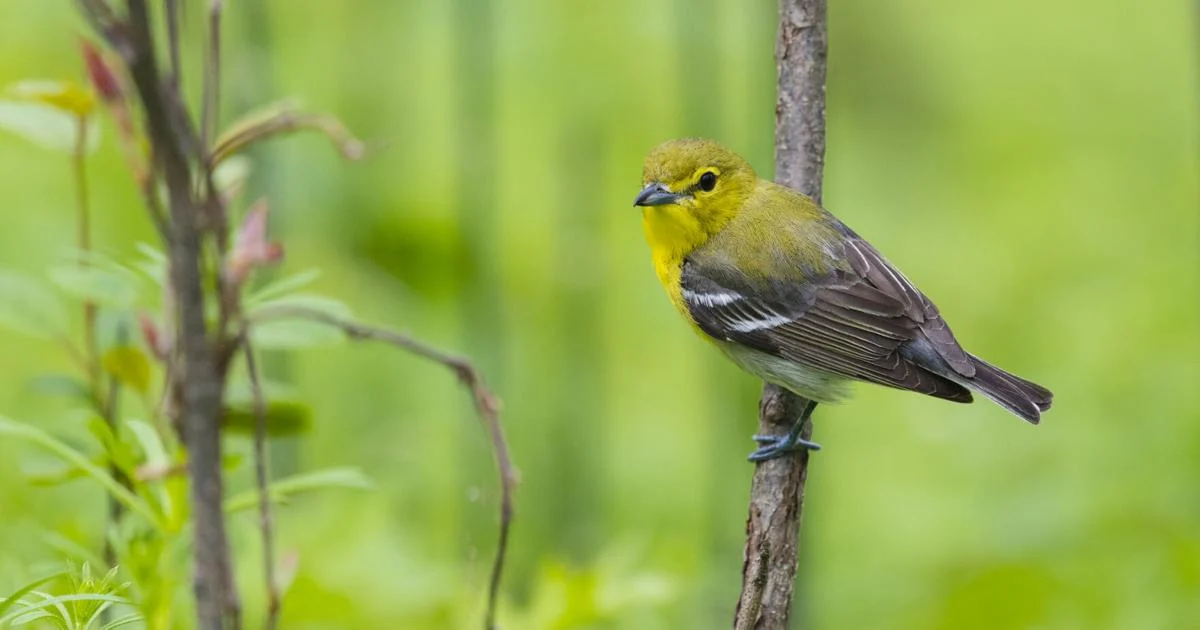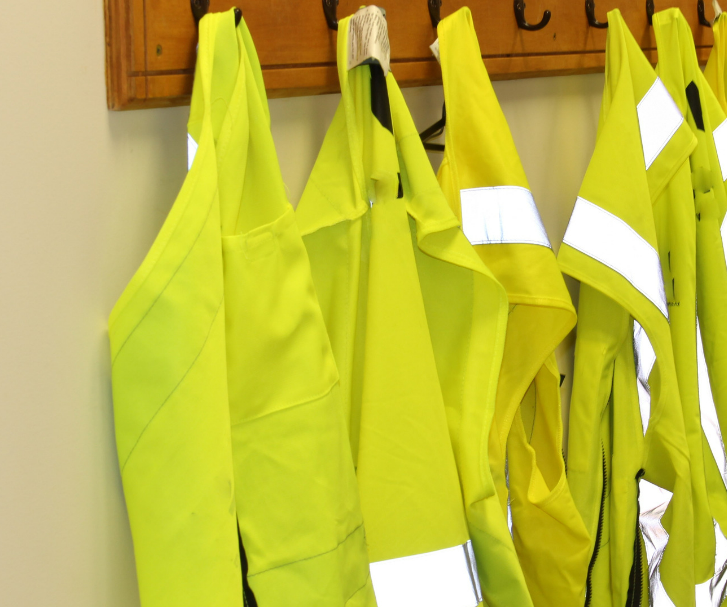By By Clellie Lynch
Copyright berkshireeagle

Aah, September! Quite a spectacular time of year here.
Brilliant sunshine, cerulean skies with picturesque clouds, insects buzzing and buzzing, fields of glowing goldenrod (tall, field, common wrinkled-leaf, flat top and many more species) and a few birds, some passing through and others settling in for the winter.
“Three-eight, (pause pause), three-eight.” Every morning outside our bedroom window, the yellow-throated vireo sings. A pleasant song, interrupted today by the “twig-gy, twig-gy, twig-gy” of a Carolina wren.
As I step out onto the porch, the autumnal world is nearly silent, save the insects and a lone, confused spring peeper. I listen to the vireo and try to focus the binoculars high up to catch a glimpse of this handsome bird. No luck. I continue on my way, seeing the occasional bluebird, cardinal, nuthatch and chickadee. The Merlin App picks up a few other lingering or resting species: towhee, catbird, kingbird, bobolink, palm warbler, kildeer(!) and Swainson’s thrush … which I neither hear nor see.
I have rarely seen my yellow-throated vireo, even though it has been singing in front of the house for 35 years or so. Another yellow-throat claims territory at the edge of the field/forest at Hand Hollow Conservation Area. Farther down, a third one calls from the woods by the marshy area. Maybe three pairs nested along the road this year.
The yellow-throated vireo, Vireo flavifrons, one of the six breeding vireo species that inhabit our woods, is more often heard than seen. The red-eyed vireo is more visible, but around our house, the yellow-throated vireo reigns over the tall sugar maples, yet rarely appears to take a bow.
Vireos are small passerines, a tiny bit larger than warblers. Most are drab greenish-gray birds, making the yellow-throated the colorful standout. The yellow throat, chest and spectacles are definitive field marks. The only bird that resembles it is the pine warbler, which is way more stripy. Vireos are dedicated insectivores, more leaf gleaners than hawkers like the flycatchers. And most are migratory. The yellow-throated vireo, found throughout the eastern half of the United States, wends its way south to winter in Central America.
I don’t recall ever seeing or hearing the yellow-throated when birding as a youngster out on the east end of Long Island or even while frequently birding in the parks in New York City while living there for many years. Maybe they were there, and I just did not recognize the song.
One day, in the mid-’80s, Stuart Keith, an amazing ornithologist, came to visit us not long after we bought the house. We knew Stuart from the Linnaean Society of New York and the American Museum of Natural History (AMNH).
Although he earned a degree in classics from Oxford, his passion was birding, birding, birding from the time he was quite young. After getting his degree, he came to the States to work for the AMNH and to help start the American Birding Association, among other things.
Stuart travelled far and wide to build his lifelist. In 1956, he set a record for most birds seen in the US in one year: 594, this without much money or a helicopter. Rare bird alerts — all the vogue back then — and birding colleagues were the main sources of info. By 1974, his worldwide lifelist hit 4,000 species, earning Stuart a place in the Guinness Book of Records. His biggest accomplishment, though, was creating the definitive 7-volume set of “The Birds of Africa” with fellow editors, Hilary Fry and Emil K. Urban.
One late spring day, the three of us, Danny, Stuart and I, were sitting on our front porch and he casually commented, “You have a yellow-throated vireo in residence, probably breeding. Listen … hear that: ‘three-eight, pause pause three-eight.’ That’s the yellow-throated vireo!” I have never forgotten that and can pick out the song of this vireo every time I hear it!
In the literature, I found many phonetic spellings and word descriptions of the yellow-throated vireo’s song, but only in the newer guide, “Sibley’s Birds,” does the word ‘three-eight’ appear as in ‘rrree-yoo, rreeooee-three-eight, three-eight.’
Henry David Thoreau wrote it out as “ullia eelya.” Frank Chapman just called it “an intricate liquid trill.” Arthur Bent was closer with “eeyay, ayo” or “ahweeo.” Edward Howe Forbush claims the voice is a series of scolding notes similar to a warbling vireo and as harsh as a Baltimore oriole. Huh? A warbling vireo song is a rolling series of repeated notes, and I find the oriole’s song rather pleasant and unharsh.
In his “Fieldbook of Wild Birds and their Music,” F. Schuyler Mathews expresses the song a little more musically as he compares the red-eyed song with that of the yellow-throated: “The red-eyed is a soprano with a whistle quality; the yellow-throated is a contralto, completely dominated by overtones, with a reedlike quality and no whistle.”
How fortunate we are to have bird apps (Merlin, Sibley, etc.) that we can play over and over in an attempt to imprint a bird’s call or song into our memory. No need to attempt to write out a sound or song, twitter or tweet, cluck or chip using letters to create gobbledygook words!
PS: Stuart also encouraged us to go to Fiji to see the orange dove. We did! What a bird! Much easier to spot than our yellow-throated vireo.



